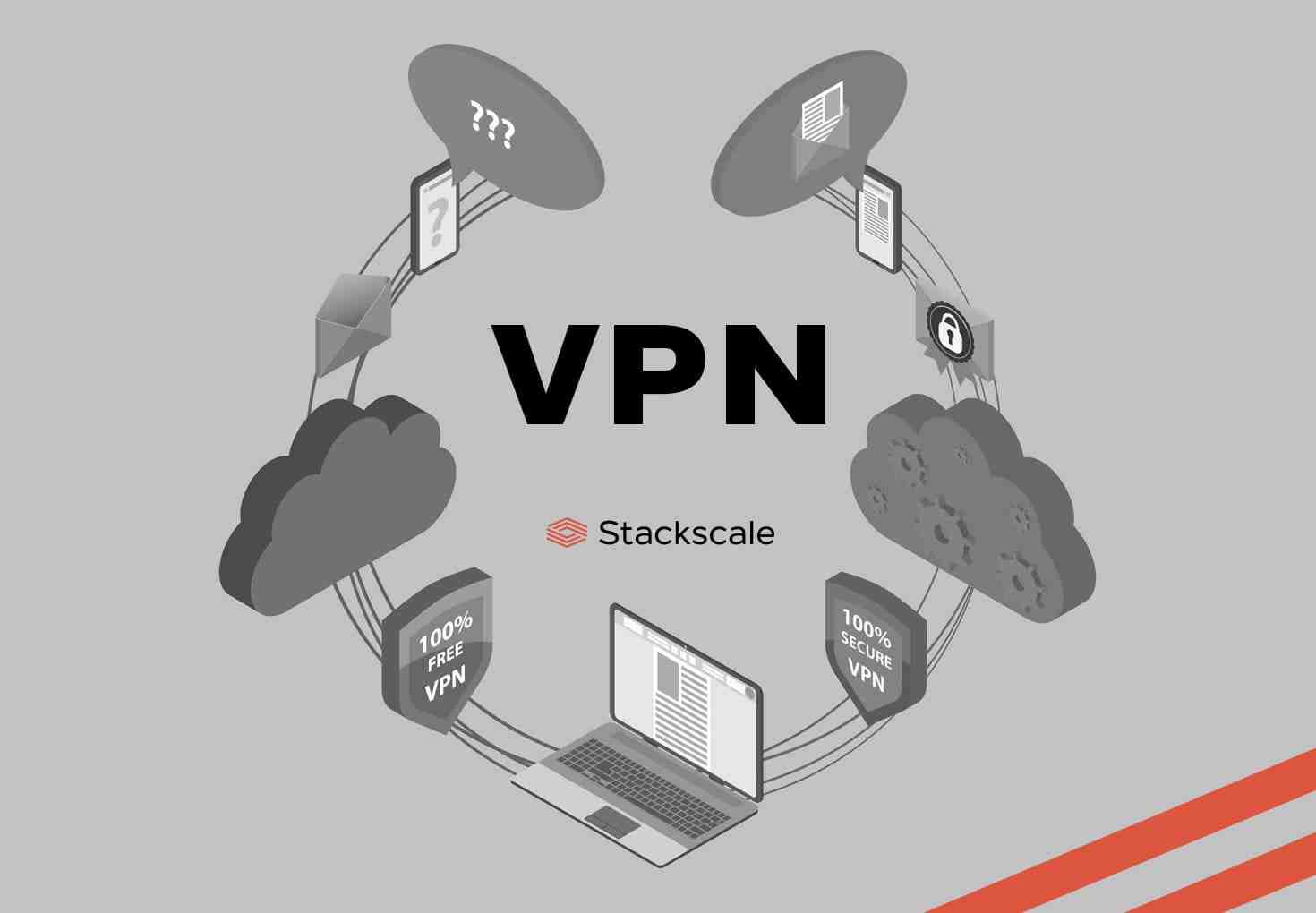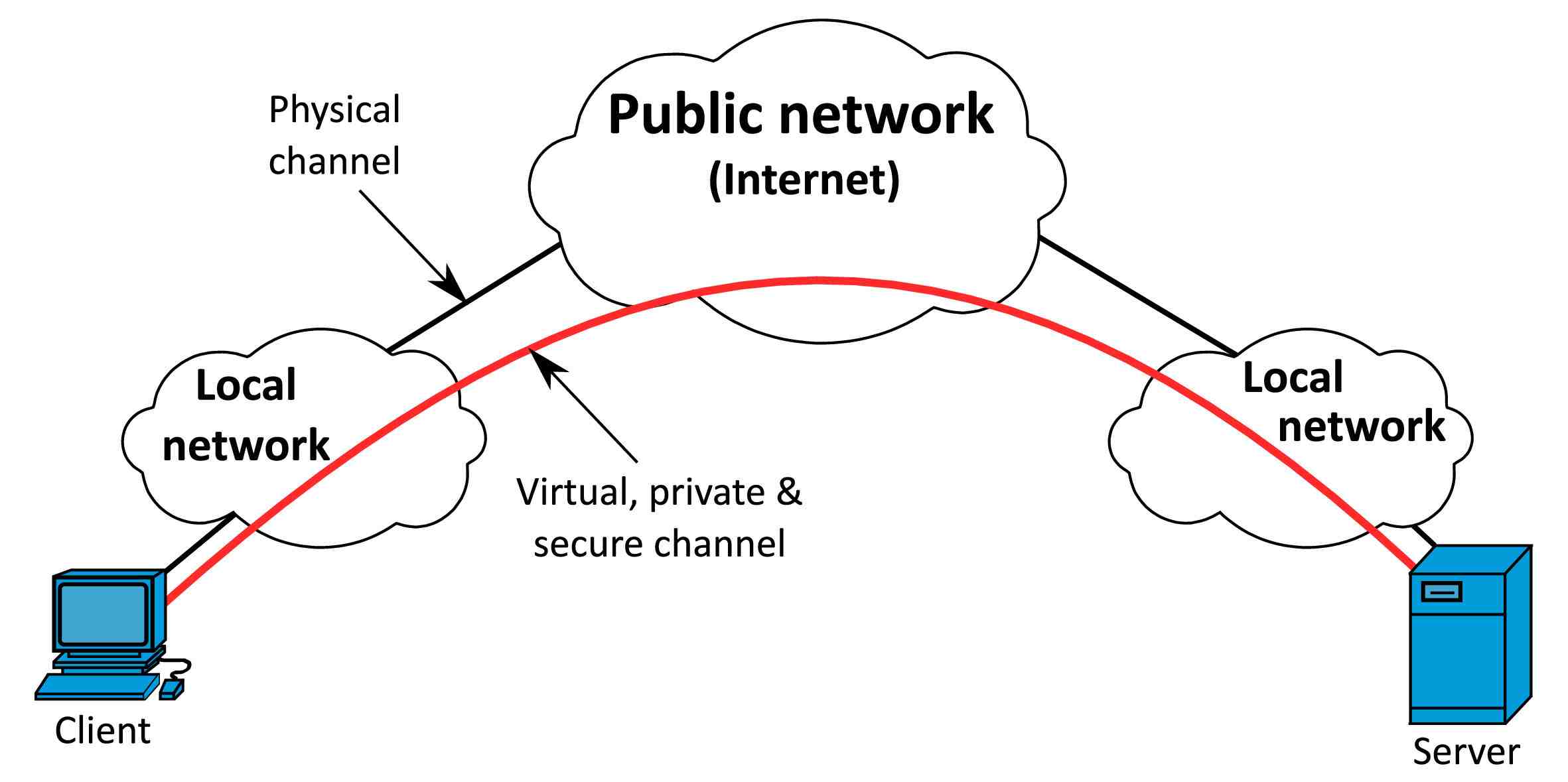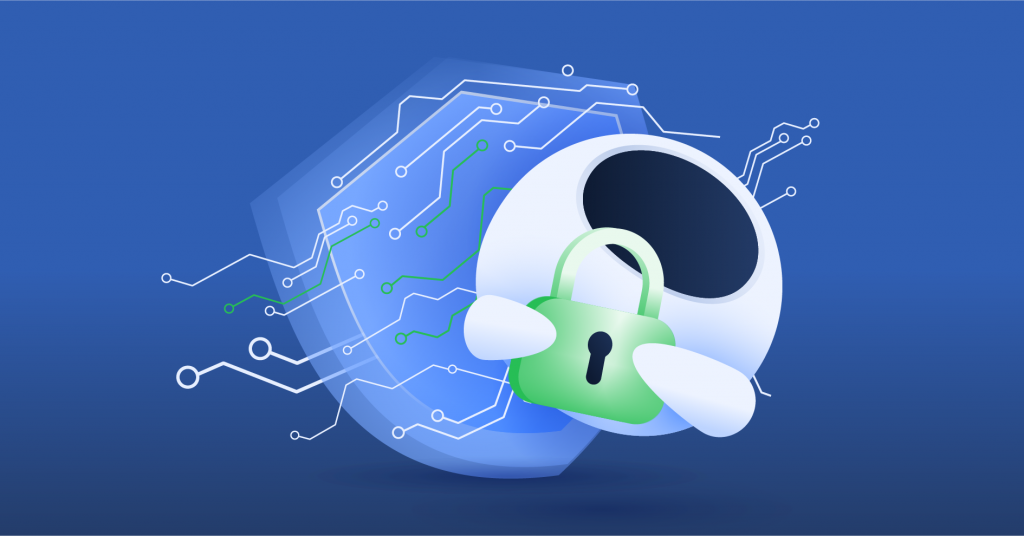Using the WPA3 protocol makes your Wi-Fi network highly resistant to security risks such as attacks on offline dictionaries. By default, Google Nest Wifi and Google Wifi use the WPA2 protocol to maximize compatibility with legacy connected devices (such as phones, tablets or laptops).
What is the most secure home WiFi?

| Template | Security protocol | |
|---|---|---|
| The best ever | Google Nest Wifi | WPA2, WPA3 |
| Best for a budget | TP-Link A10 archer | WEP, WPA, WPA2 |
| Ideal for Wi-Fi 6 | ASUS RT-AX88U | WEP, WPA, WPA2 |
| Ideal for advanced security | Synology RT2600ac | WPA3 |
What is the safest home network setup? WPA2 AES is currently the most secure encryption standard available (despite its weakness to KRACK attacks) until WPA3 is widely available. You should then disable the WPS (Wifi Protected Setup) and UPNP (Universal Plug and Play) features.
Which Wi-Fi is most secure?
When choosing between WEP, WPA, WPA2, and WPA3 wireless security protocols, experts agree that WPA3 is best for Wi-Fi security. As the most up-to-date wireless encryption protocol, WPA3 is the safest choice. However, some wireless APs do not support WPA3.
Which WiFi security is best for home?
Bottom line: When setting up a router, the best security option is WPA2-AES. Avoid TKIP, WPA and WEP. WPA2-AES also gives you more resistance to a KRACK attack.
How do I check my WIFI security?

On your Android mobile device, open the Settings app. Tap Connections followed by Wi-Fi Settings. Find the wireless network you are connected to and tap on it. Tap Security to check the encryption standards (on some devices the encryption type will be written under the word Security in the menu.
How do I enable WPA2 on Windows 10? Configure Windows 10 to use encrypted wireless services (WPA2-E).
- Click the Wireless Network Connection icon at the bottom right of the screen next to the system clock.
- Click on the UCSD-PROTECTED network.
- Make sure the “Connect automatically” box is checked and click Connect.
How do I know if my Wi-Fi is WPA3?
Select the Wi-Fi network icon on the right side of the taskbar, then select Properties under the Wi-Fi network name. On the Wi-Fi network screen, under Properties, look at the value next to Security type. It will include WPA3 if you are connected to a network using WPA3 encryption for security.
How do I find my WPA2 password on Windows 10?
To find your WiFi password on a Windows 10 PC, open the Windows search bar and type WiFi settings. Then go to Network and Sharing Center and select your Wi-Fi network name> Wireless properties> Security> Show characters.
What happens when you leave your mobile data on?

Keeping mobile data on consumes the battery faster than if it were turned off. There are a few reasons why this happens. First, your phone will constantly search for the signal. If you are in an area with a particularly poor signal, things get worse, as your phone consumes more power when searching.
Does leaving mobile data cost money? Does cellular data cost money? In a word, yes. Cell phone providers will charge for mobile data used on a cellular connection.
Is it OK to leave mobile data on all the time?
To conserve battery power Cellular data consumes your phone’s battery faster than if it is not turned on. So, if you find yourself in a situation where you are away from a charger and the battery is running low, one of the ways to conserve the little remaining battery charge is to turn off mobile data.
Is mobile data safer than home Wi-Fi?

Why is cellular data safer? Connecting to a cellular network is absolutely more secure than using Wi-Fi. Most Wi-Fi hotspots are not secure because the data sent over the internet is not encrypted. When using secured Wi-Fi, you can encrypt your data, but it’s still less reliable and automatic than cellular signal.
Is it better to use Wi-Fi or mobile data? In general, it’s a good idea to use Wi-Fi on your phone instead of cellular data whenever possible, unless you’re doing financial transactions and Wi-Fi security isn’t an issue. You will know that your phone is connected to Wi-Fi if you see the Wi-Fi icon.
Is mobile data more secure than public WiFi?
Transferring mobile data over a cellular network is much more secure than using a public Wi-Fi network. How? Data transferred over 5G, 4G LTE and 4G connections is encrypted and your identity is authenticated and protected. In the case of public WiFi, however, the data is not safe.
